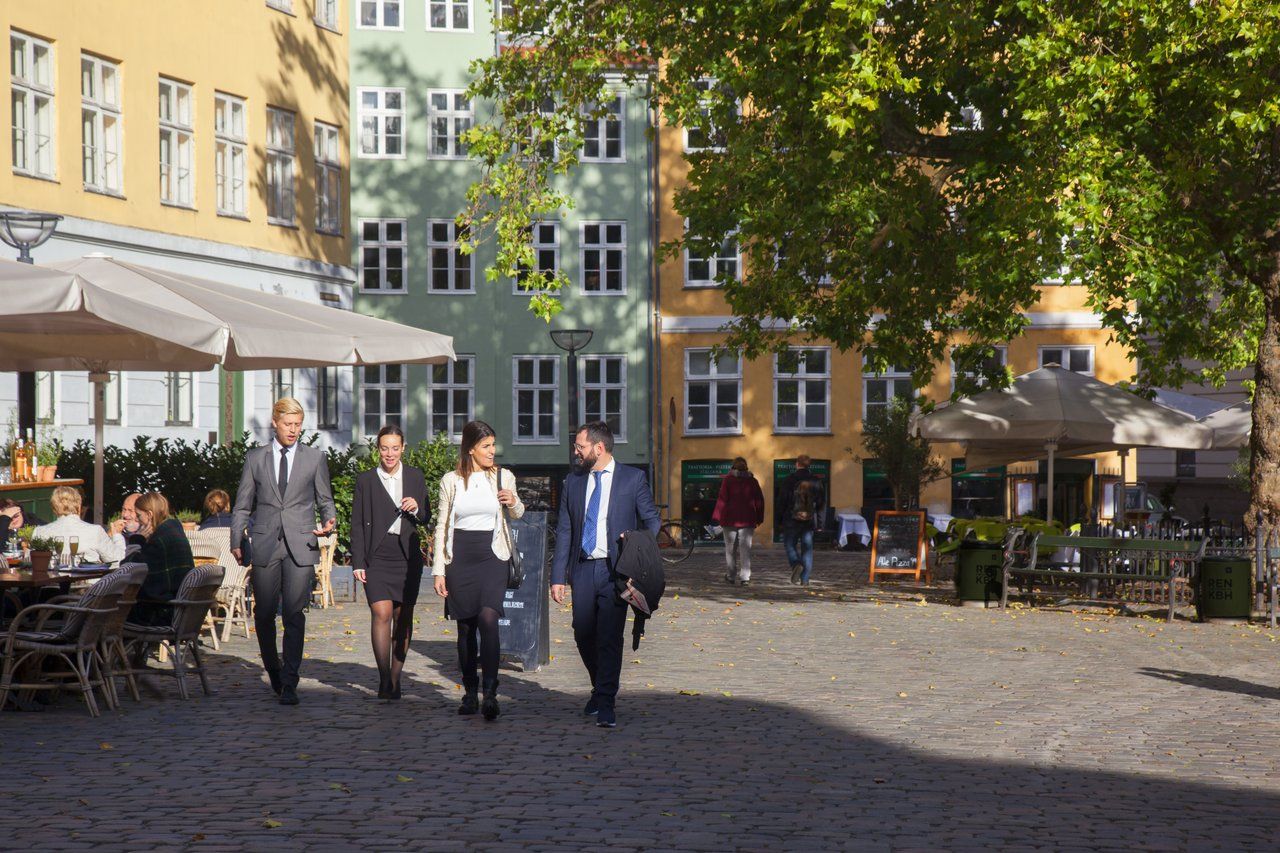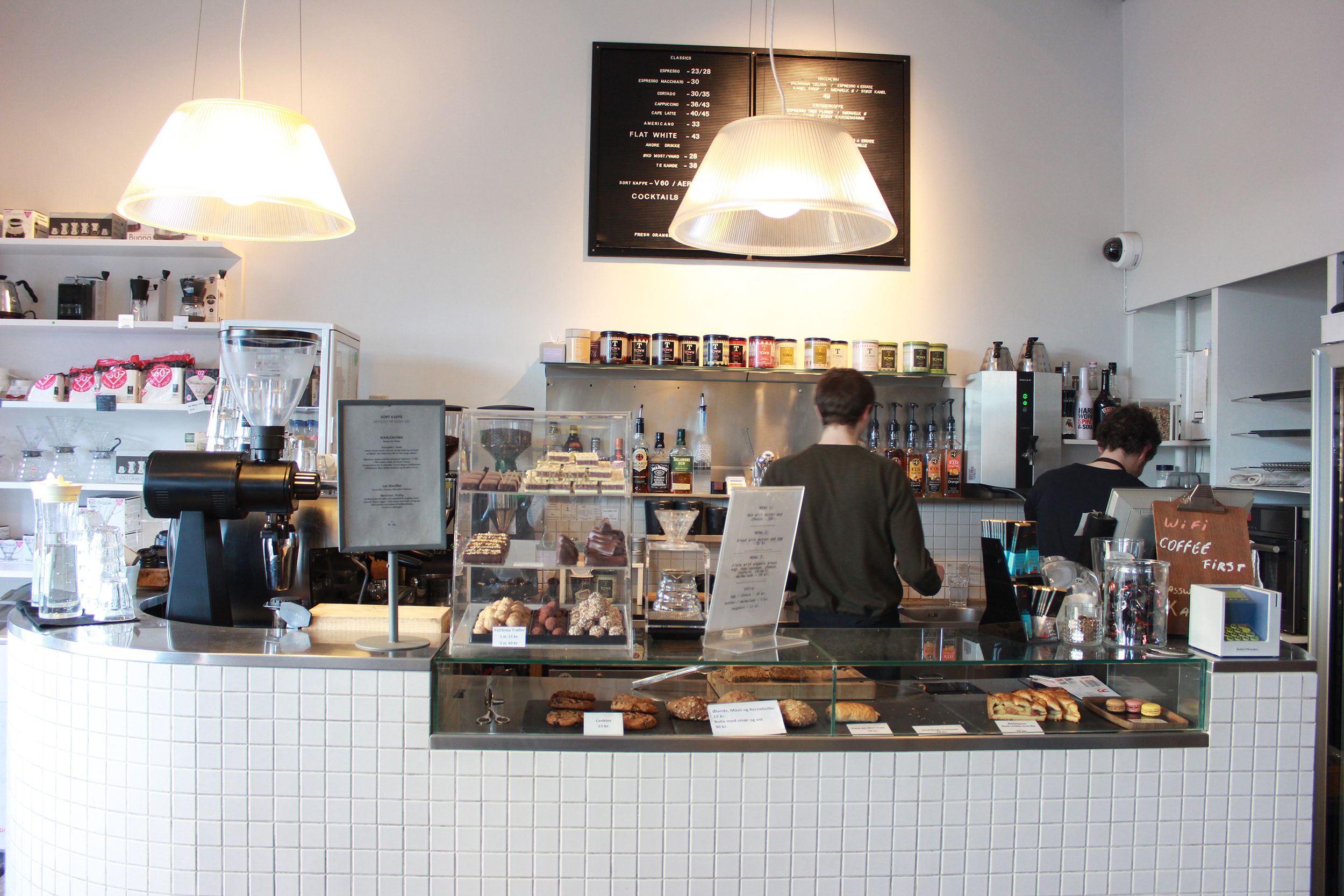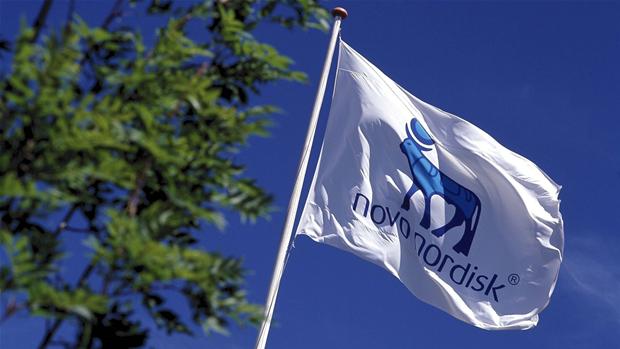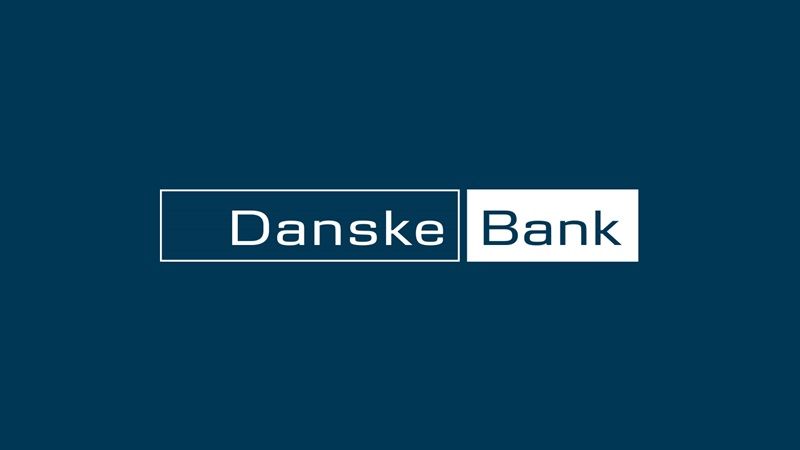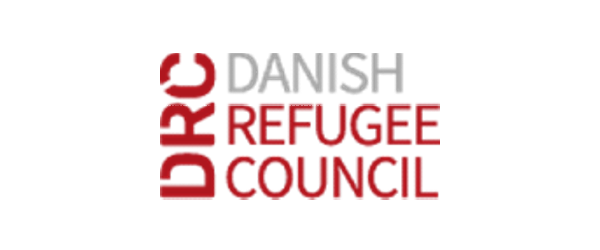Solar panels have taken Denmark by storm over the past year after the government introduced incentives to stimulate the market.
Over 32,000 homes now have solar panels, compared to about 3,600 at the turn of the year, though it is feared that as many as ten percent may be installed incorrectly and result in damaged roofs.
“Sometimes the roofs are not strong enough to carry the weight of the solar panels, and other times water seeps in,” Torben Kaas, the chairman of VE-Byg, a subsidiary of lobby group Dansk Byggeri (DB) told Politiken newspaper.
Kaas added that consumers need to be wary of who they hire to instal the solar panels.
“Someone can simply buy a container full of solar panels from China and instal them on other people’s homes without knowing anything about houses or solar panels,” Kaas said. “All they need to do is then close the business and they’re free of any risk.”
According to Signe Antvorskov Krag, who works for the solar panel firm Gaia Solar and is also chairman of the solar power association Dansk Solcelleforening, over ten percent of the country’s solar panels could be incorrectly installed.
“The market has been focusing on the technology, and not on how it ought to be integrated onto Danish roofs,” Krag said
A report from Politiken over the weekend confirmed fears expressed earlier this year by VE-Byg that the boom in solar panels could result in poor installation.
“The situation is like the Wild West,” Niels Heidtmann from VE-Byg told Ingeniøren in May. “There are no educational demands on the people installing solar panels that could, in the worst case scenario, break rafters or roofs.”
Solar panels remain popular, however, and there is currently a three-month wait on applications for net-electricity readers – electricity readers that can run backward when more energy is being fed back into the grid than is being taken out.
The key incentive of the solar panels is that the energy produced by the solar panels is not subject to the 1.35 kroner per kilowatt hour electricity tax. As a result, a typical home can save about 7,425 kroner in taxes every year.
The government ends up paying the savings, however. According to Energibolig.dk, 25,000 solar panels installed in Denmark by the end of 2012 will lose the government 3.7 billion kroner. With over 32,000 solar panels likely to be installed, the loss is expected to be higher.
The ‘solar party’ may not last much longer, however. The climate and energy minister, Martin Lidegaard (Radikale), has stated that the state support for solar power will be re-examined.
In a letter to Jyllands-Posten newspaper, Lidegaard wrote that while he was pleased with the growth of solar power in Denmark, the current support it receives is unrealistic in the long-term.
“I am preparing a smarter plan for the future development of solar power,” Lidegaard wrote. “And I will make sure to consult all the actors before the government presents its plan.”
With fears the incentives may be withdrawn within the next few months, consumers have been encouraged to act quickly.
“With the explosion in the number of solar panels in 2012, we think it is likely that the rules for solar panels will be tightened, probably from as early as new year,” Claus Nord from the bank Spar Nord told EPN.dk, adding that the 2020 target for solar capacity will soon be reached.
“When the 2020 target is reached, we expect the incentives for solar to be reduced. That is why we are urging home owners that are considering solar polar to make a decision soon.”








